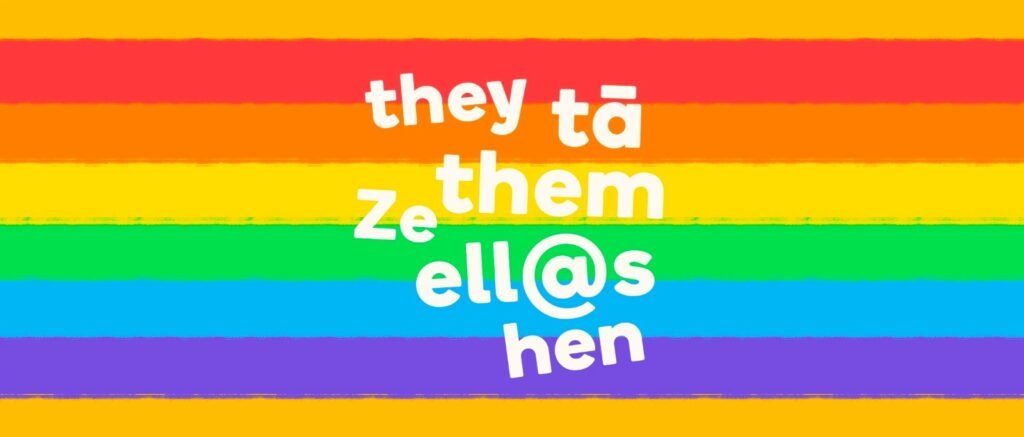Indian languages as well as many European languages have gendered pronouns built into their languages. While he and she remain for a majority of languages, Indian and European languages also assign gendered pronouns to objects such as a chair or a computer. Mandarin on the other hand, uses the same spoken pronoun for both he and she ie tā and objects in Mandarin follow a neutral gender. This makes Mandarin, although one of the oldest languages on the planet also the most progressive and inclusive languages worldwide.

As we come to the end of Pride month, its important to recognise how subtly language plays a dominant role in defining a persons binary status. From birth we get categorised as he and she. Girls are told to like pink and boys blue. Girls are encouraged to play with dolls, cook and take care of young ones while boys are told to play with cars and take on the responsibility of earning for the family. BUT all these gender stereotypes, rules and biases need to CHANGE and increasingly alert parents are consciously and subconsciously making the change in themselves, their families and neighbourhoods.
As we grow up in a more actively diverse, inclusive and non-judgemental world, its important to be aware of the stereotypes and biases our languages place on us. Besides Estonian, Finnish and Hungarian— some of the few languages that have one word that means both “he” and “she”, Mandarin is the only other language to have the same pronunciation for both genders.
But Mandarin isn’t that perfect
Having originated from pictures, Mandarin characters for he and she each have a radical demarcating each gender. The Mandarin character for he 他 has the male radical or that of a man / human. The female radical 女 (nǚ) is seen in the Mandarin character for she 她.
However, being a LIVE LANGUAGE, Mandarin keeps evolving to keep up with the times. Modern Chinese have found a hack around the radical so as to remain non-binary in writing too. Many non-binary Chinese add an X as a radical in place of the male or female radical to keep it neutral. The X也 has now become popular with people who don’t identify as either male or female. Another solution young Chinese have found is to write TA in English instead of using the gender defining character.
A Full Circle
When we said earlier that Mandarin was an extremely progressive, inclusive language we meant it. More than a 100 years ago, Chinese third-person pronouns were gender neutral. 他 tā was used for all pronouns in Mandarin by the early part of the 20th century. Being gender-free 他 tā could be used to refer to both male and female persons. The May 4th 1919 movement, which prompted a huge intellectual change in Chinese history, saw Liu Bannong (1891-1934), introduce the pronoun 她, or the female pronoun into the Chinese lexicon. Liu a Chinese poet, essayist and linguist who studied in London and Paris in the early 1920s, brought 她 tā, the female pronoun to China at a time when female empowerment was gaining momentum. The Mandarin character was quickly adopted by feminists and became a part of the language, until almost 100 years later when it would be questioned again.
